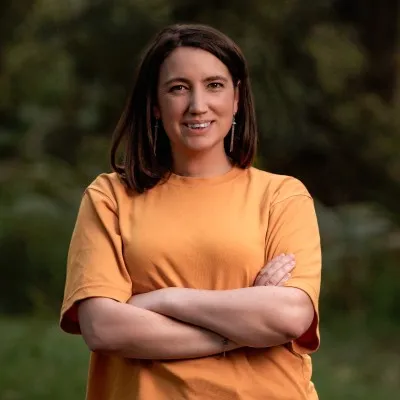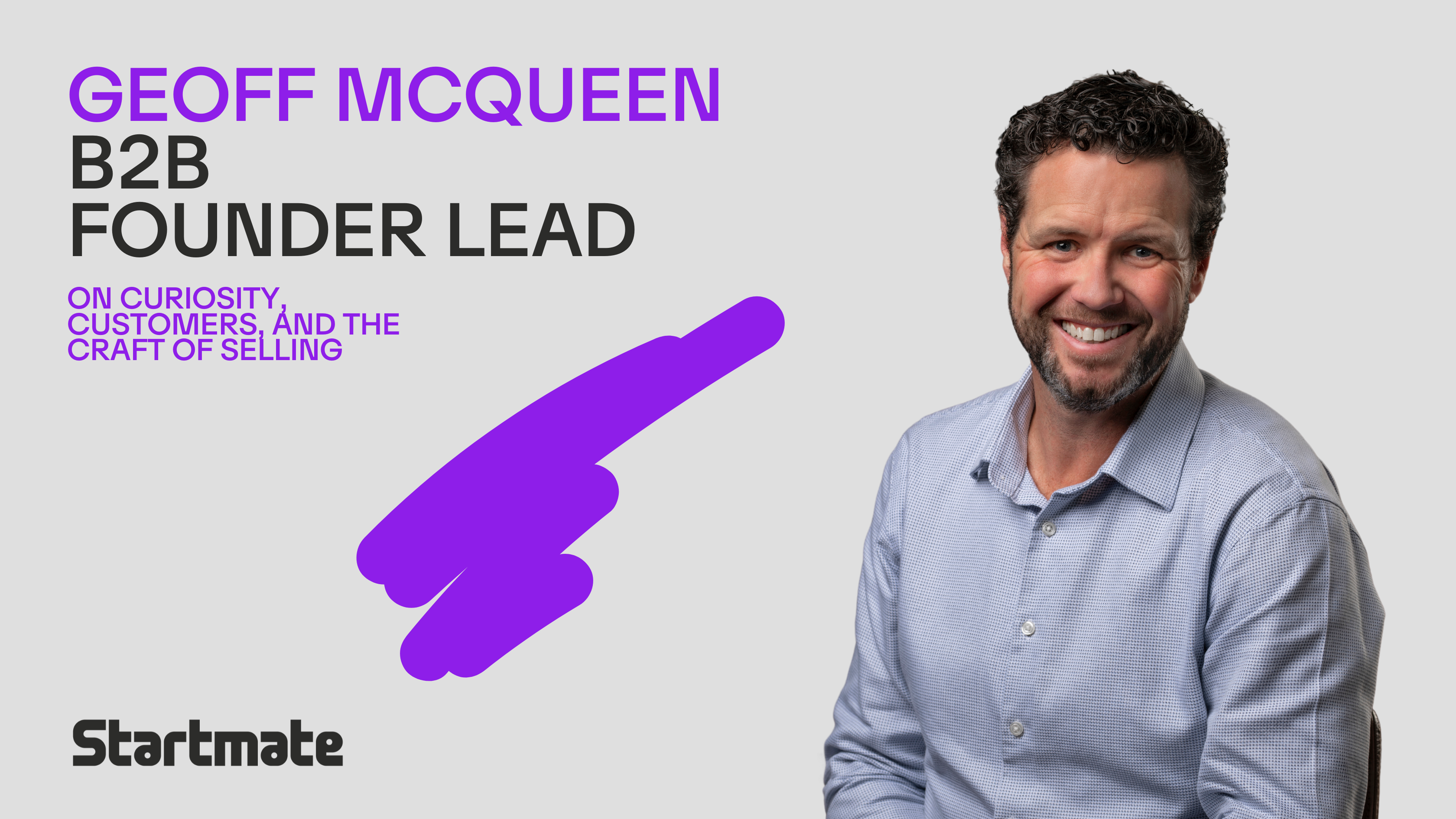For a long time, humans’ relationship to space has been characterised by NASA astronauts, high-tension countdowns and once-in-a-lifetime, billion-dollar missions.
That’s ‘old space’, say Astrix Astronautics founders Max Daniels and Will Hunter.
They’re part of a fast-growing community pioneering ‘new space’. Think satellite constellations, small deployments and more affordable, experimental and commercialisable launches.
More accurately, Max and Will are developing tech to power the new-space revolution (literally), free from the legacies of hi cost and long lead times.
Astrix is developing an innovative mechanism to deploy large surface areas in space. Currently, they’re using that surface area for solar cells, allowing small satellites to carry a larger capacity for power.
Space solar done differently
Currently, the vast majority of space-bound vessels are powered using triple junction solar cells. These are incredibly high-efficiency cells, generating a lot of power for a small surface area.
But, they are made using “a whole bunch of rare metals,” Max explains.
“They’re really hard to get hold of, and really expensive.”
Astrix’s Copia mechanism negates the need for such high-power cells, by removing the surface area constraints.
A huge sheet of solar cells can be packed into a tiny box, unfurling once it’s safely in orbit.
You need more cells for the same amount of power, Max explains. But these are comparable to the solar cells you might find on your house – they’re much cheaper, and much easier to get hold of.
Essentially, Astrix is unblocking a bottleneck in Space 2.0. When it comes to ‘conventional’ solar cells, there’s a serious supply problem.
Estimates suggest there are about 300 satellite constellations in planning stages, globally.
According to Will, the total annual supply of solar cells would probably only power one.
“The constellations that are planned at the moment, they simply can’t get enough solar arrays,” Will says.
“We want to open up the pathway to use different solar cells, without limiting the power you generate,” Max adds.
We have liftoff
Astrix Astronautics was, incredibly, born out of an Auckland University competition. Students were challenged to design a mission for a very small satellite that would benefit humanity in some way.
As one lecturer sternly reminded them, such a small satellite would have limited power.
Students Max and Will “took that as a challenge”, Max recalls.
“We tried to put as much power into it as we could.”
“It didn’t necessarily benefit humanity, so we lost the competition. But we decided to take what we had developed and launch it into a startup.”
In February 2021, Max and Will officially launched Astrix, along with co-founder Fia Arshavskaya (then Fia Jones), who later left the startup due to personal circumstances.
Since then, the business has raised $500,000 in funding, including from New Zealand-based RocketLab.
The founders have received overwhelmingly positive feedback from the spacetech community, including internationally, at a recent conference in the US.
“A lot of people are really interested in getting the technology in their hands, and testing it,” Max says.
“A whole bunch of people want to see us succeed.”
Stratospheric wins
The high point of this rocket ship ride, however, has been actually testing their tech in space – something pretty rare for a startup at this stage.
That was a turning point, Max says. And an emotional one.
“My biggest fear was that as the rocket was launching it would unravel somehow, or deploy early or just break apart.”
The founders huddled in the RocketLab lobby with the mission control team, when suddenly, a camera flicked to show Astrix’s payload, sitting on the rocket, exactly how Max and Will had left it – but in orbit.
That was surreal enough, says Max. But then came the “amazing, but slightly scary part”.
When the solar mechanism deployed, the satellite wasn’t over a ground station. So while the data suggested it had triggered, there was no immediate evidence to show what had actually happened up there.
For a few long minutes, the group waited for the data to be transferred to the ground station and then to the computer, and compiled into a video.
“We saw it deploy into its flat, straight structure, just as we predicted,” Max recalls.
“It worked. It was a speechless moment.”
“Max isn’t particularly a hugger,” Will laughs.
“But I remember there was a very firm hug.”
To add to the magic of the moment, that video was the first RocketLab had ever filmed in orbit.
“The guy that did the coding for the video was also present, and he was just happy the video worked,” Max says.
“We were all cheering for the same thing, but different aspects of it. It was really cool.”
This success, paired with backing from industry leaders and positive market feedback, validates that these founders are onto something. This isn’t a hypothetical anymore.
“We’re super confident in the need for our technology and the benefits it can give,” Will says.
“It works. It deployed in space. And we’re super confident in the team that we have to make it a reality.”
Aiming for the stars (literally)
As Max and Will have iterated, evolved and developed Astrix Astronautics, they've caught sight of what the possibilities could be. Now, their ultimate goal is about as audacious as they come.
Astrix’s current solar arrays are about the size of a coffee table, but Will says the tech is almost infinitely scalable.
There’s no reason the same mechanism couldn’t be used to build whole solar farms, the size of football fields, or even spanning kilometres.
In space, each solar cell generates 13 times the power it would on Earth, Will explains.
“There’s no atmosphere in the way. There’s no clouds, there’s no weather, the sun is always shining.”
“If you put solar farms in space, it provides room for renewables to take the majority of the power grid,” he says.
“These are proper power stations. They will power cities.”
In that student competition, way back when, Max and Will missed the mark because their tech wasn’t necessarily good for mankind.
Today, that same tech is on a path to tackle one of the biggest challenges humanity has ever faced.
“Ultimately we want to move off of fossil fuels, and get to the power of the future,” Max says.
“Supplying to the satellite industry now helps us build and develop the technology and solve a problem for them, and it gets us further towards our big, audacious goal.”
Apply for the Accelerator here.






.png)

